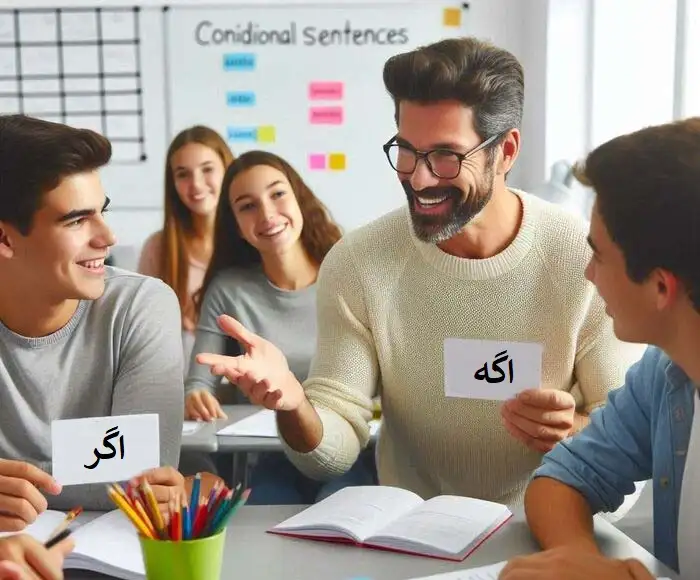Form-Focused Instruction
Form-Focused Instruction
Traditionally, language pedagogy has emphasized form-focused instruction. The Grammar-Translation Method and the Audiolingual Method both involve attempts to teach learners grammar, differing only in how this is to be accomplished (Ellis, 1997). Form-focused Instruction is in contrast with ‘naturalistic learning’.
It intends to examine whether instruction could change the natural order or sequence of acquisition. There are some characteristics unique to Form-focused Instruction (Ellis, 2003):
- Rigid discourse structure consisting of (IRF, Initiate-Response Feedback) exchanges
- Teacher controls topic development.
- Turn-taking is regulated by the teacher.
- Display questions, i.e. questions that the questioner already knows the answers to.
- Students are placed in a responding role and consequently perform a limited range of language functions.
- Little need or opportunity to negotiate meaning
- Scaffolding directed primarily at enabling students to produce correct sentences
- Form-focused feedback, i.e. the teacher responds to the correctness of students’ utterances.
- Echoing, i.e. the teacher repeats what a student has said for the benefit of the whole class.
Form-focused Instruction (FFI) is categorized into three divisions:
- Focus on Form: In this approach, explicit instruction is really important. It focuses on the formal elements of language and linguistic forms to its maximum degree. In focus of form instruction, attention to form arises out of meaning-centered activity derived from the performance of a communicative task.
- Focus on FormS: In this approach, the intensity of the focus on linguistic forms is less than ‘focus on form’. Focus on forms instruction involves the pre-selection of specific features based on a linguistic syllabus and the intensive and systematic treatment of those features.
- Focus on Meaning: In this type of FFI, we are not concerned with an intense focus on linguistic forms. That is, priority is given to meaning and we just give implicit attention to linguistic forms.
Criticizing form-foused instruction
Form-focused Instruction is criticized in the sense that it has failed to distinguish clearly between implicit and explicit knowledge in the way that acquisition is measured.
There are two kinds of form-focused instruction: (1) input-based, and (2) production-based. Traditionally, grammar teaching has emphasized production. Indeed, language pedagogy offers a rich array of techniques for eliciting the production of targeted structures from students (e.g., substitution drills, blank filling exercises, dialogues, and games of various kinds). Another aspect of FFI is ‘consciousness-raising’.
References
- Ellis, R. (1997). Second language acquisition. Oxford: Oxford University Press.
- Ellis, R. (2003). Task-based language learning and teaching. Oxford: Oxford University Press.



